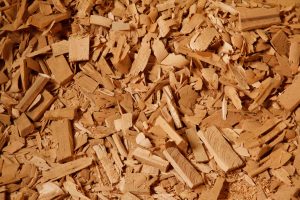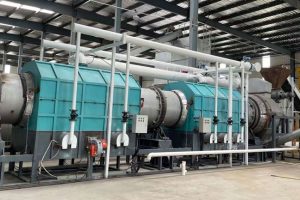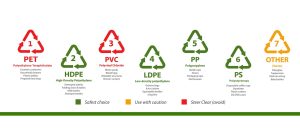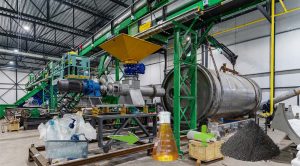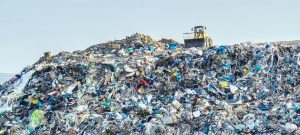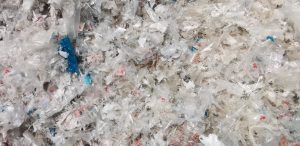The Coconut Charcoal Making Machine is able to process as much as 3 tons of coconut shells in an hour. These machines have increased in popularity over the years due to their high-cost performance and efficiency, along with a way to recycle waste that takes up space in landfills.
Coconut shells are one of the common types of organic waste mainly found in the coastal regions, which is associated with a high recycling value. The coconut charcoal making machine converts the coconut waste into charcoal using carbonization. The shells are then reprocessed and converted into activated-charcoal. This end product is in high demand and offers investors an impressive method to generate profits.
More importantly, this type of machinery can also be used for processing other types of organic waste such as sawdust, rice husk, wood, straw, and even sewage sludge to produce different types of charcoals.
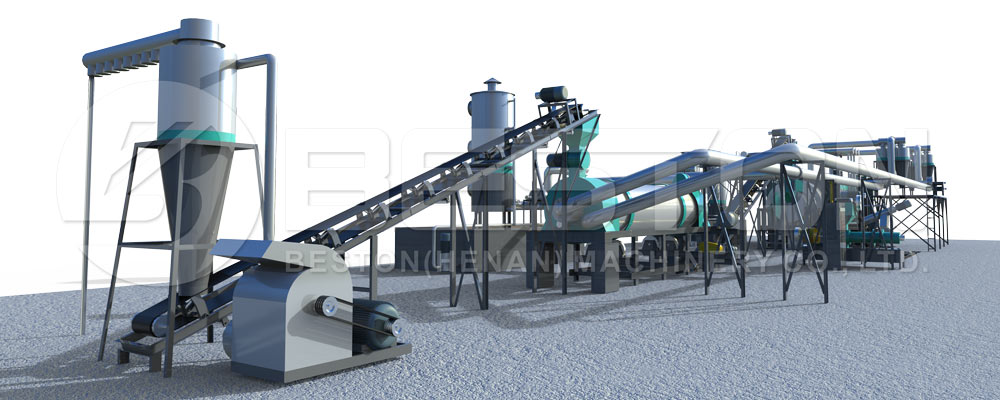
The Benefits Of The Coconut Charcoal Making Machine
This machine features an automatic water-cool slag-out and feeder which translates into a machine that operates continuously.
The One Fire Two Steps design improves the use of heat and saves money.
The de-dusting system ensures that any residual smoke and heat is contained inside the machine and that these processes match up to the environmental protection standards. Click here to know more: https://bestonpyrolysisplant.com/.
This machine is one of the most efficient methods to convert waste that takes a long time to break down into materials of value without harming the environment. These machines are able to reduce 95% of combustible wastes.
The end products contain a carbon content of over 90%.
How Is Charcoal Made From Coconut Shells?
To begin with, the coconut shells are first shredded into smaller pieces of less than 40mm. From here the crushed shells travel along a conveyor belt into a quantitative feeder. The feeder then sends the shells into a drying host where the materials are flash steamed and dried.
The dry coconut shells then fall into the furnace where they are carbonized. The temperature in the furnace rapidly rises, and this is when pyrolysis occurs. Charcoal is the end product generated through a number of processes that include desulfurization and discharging.
Once the fuel starts to burn, the residual gas is then used to heat the drying system which helps to save energy. The combustible gas that is produced by the carbonization process is then sent to a cyclone dust-collector, where the gas is de-dusted and purified. The gas is then separated into vinegar and wood tar which is then recycled to heat the furnace from the outside.
The Design Of The Coconut Charcoal Making Machine
The central-control systems on these charcoal making plant separate the equipment from the operator, which helps to keep the operator safe at all times. These machines also feature protective casings that also protect the operator from exposure to extreme heat. The discharging and feeding section features a sealed device to ensure safe and sanitary operation. The smoke abatement, desulfurization, and the cooling system guarantee a safe and standard discharge of the combustible gas produced from these processes.
